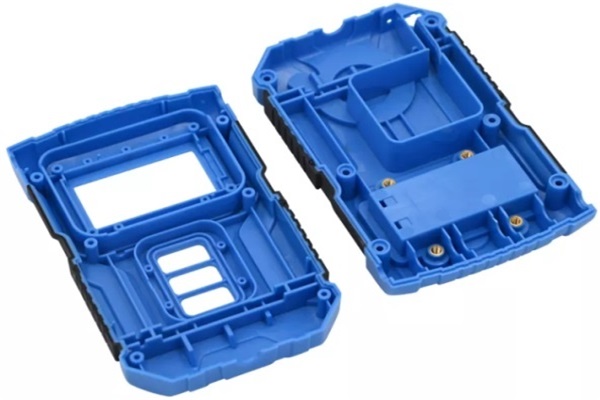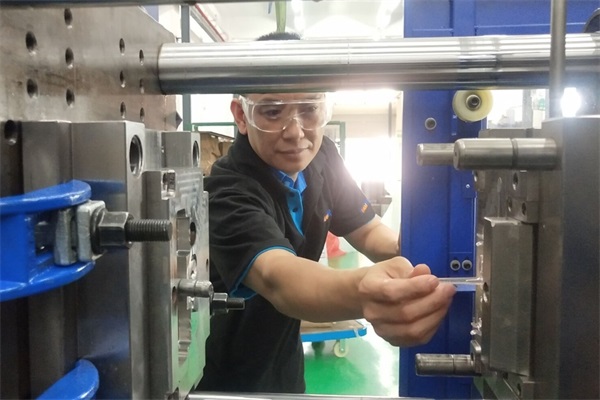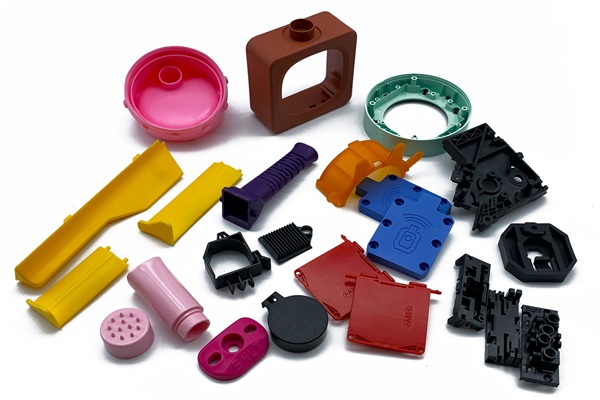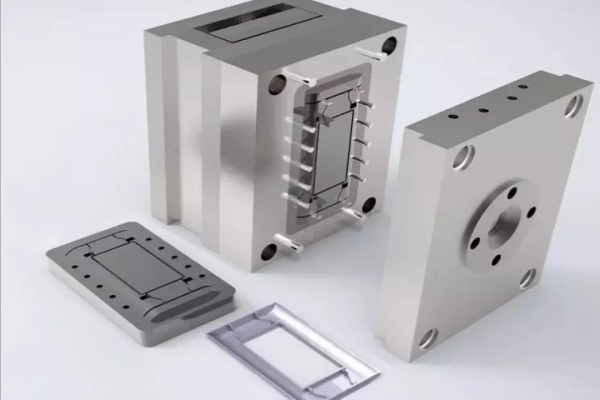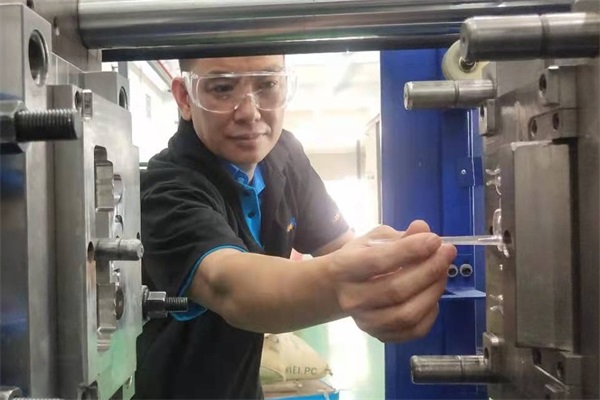Plastic injection molding can be defined as the process that is used to manufacture objects with the use of plastics. This process involves malleable plastic into a mold to form the object after heating the plastic. Primarily this process is used for creating products like toys, handbags, and bottles.
Table of Contents
How Does Plastic Injection Molding Work?
The main objective of this article would be to assess the process and working of Plastic Injection Molding. The first step in this process is creating a CAD model for the part you want to make. This model can be in any format, like a 3D file or a 2D drawing. Plastic injection molding tools are created in the next step. This is where the actual plastic pieces that will form your part are made. Next, the melted plastic is injected into the mold, and the mold cools down quickly to create the part. It’s important to note that this process is incredibly precise, so if you make a mistake during any of these steps it can ruin your part completely. This process becomes easy with practice.
Types of Molding
There are different types of thermoplastic injection molding blow molding, rotational molding, and spin casting. Blow molding is considered to be one of the most commonly used molding processes due to its simplicity. Rotational molding is used to produce objects with complex shapes and features. Spin casting is used to create small objects that don’t fit in a traditional injection machine. Polyesters are the most common type of resin used in plastic injection molding because they’re strong and flexible. The list of other commonly used molding types is as follows:
Cube molding
Cube molding involves using a box-shaped die to create the object. The die has six sides that are cut out in a specific pattern. The object is then injected into the die, and the six sides are pressed together to form the object. This type of manufacturing is used for products such as toys, computers, and vehicles.
Gas-assisted injection molding
The Gas-assisted Injection Molding (GAIM) process is a type of injection molding that uses a gas as the working fluid. The gas is fed into the mold cavity at high pressure and heated until it liquefies, forming a plastic material. This process is faster and more efficient than traditional injection molding techniques, making it ideal for products with higher production demands.
The following are some of the benefits of using GAIM:
– Faster cycle times: GAIM can complete cycles in less time than traditional injection molding techniques, making it ideal for products with high production demands.
– Higher quality products: The high pressure and temperature of the gas flow results in stronger and more durable plastic material.
Reaction injection molding
Reaction injection molding (RIM) is a process that produces plastic parts by injecting molten plastic into a mold to create products. This technology offers many advantages over other methods, such as the ability to create complex shapes and designs quickly and easily.
The main advantage of RIM is the speed of production. You can produce products in much less time than with other methods, which can be important when you need to meet deadlines. Another advantage of RIM is the ability to create products with intricate details. With other methods, it may be difficult to create small features or details in your product. However, with RIM, you can create these details easily.
Another major advantage of RIM is the quality of the final product. With other methods, it may be difficult to produce high-quality products due to the complexity of the designs. With RIM, however, you can achieve high-quality products relatively easily.
Metal injection molding
Metal injection molding has come a long way since its early days. Injection molding was once only used to create small parts, but today’s technology has allowed for larger and more complex parts to be made.
The most significant advantage of using metal injection molding is that it is very durable. Unlike other types of manufacturing, metal injection molding can handle high levels of stress without breaking. This makes it perfect for products that need to be tough and resistant to wear and tear. Another big advantage of metal injection molding is that it is fast and efficient. This is because metal injection molding machines use hot molten metal to create the parts. This means that the parts can be produced quickly and with little waste.
However, one downside of metal injection molding is that it is relatively expensive compared to other manufacturing methods. This means that metal injection molding may not be suitable for all products.
Problems with plastic injection molding
Problem #1: Delamination
One of the problems with plastic injection molding is that it can cause delamination. This is when the layers of the plastic separate from each other. This can lead to defects in the product and can be very costly to fix.
Problem #2: Overuse of plastic
Another common problem with plastic injection molding is the overuse of plastic. This can lead to a lot of waste being created, as well as a number of environmental issues. Not only does this create a lot of pollution, but it also means that valuable resources are being wasted.
Problem #3: Poorly designed machines
Another major issue with plastic injection molding is the machines themselves. They can often be poorly designed, which means that they’re not able to handle the task that’s been asked of them very well. This can lead to a number of problems, including breakdowns and accidents.
Problem #4: Burn Marks
Another problem with this process is that it can produce burn marks on the products that are created. These burn marks are often caused by the hot plastic colliding with the skin or clothing of the person who is using the product. The burn marks can be very painful and can be difficult to remove. They may also leave permanent scars on the skin or clothing.
TEAM Rapid offers excellent plastic injection molding service, we will shoot down nearly all the potential issues at the very beginning via DFM analysis and mold flow service. We aim to make high-quality parts to meet your expectations.
Conclusion
If you’re looking to enter the plastic injection molding market, there are a few things you need to know. In this article, we’ll cover everything from the basics of plastics and injection molding to tips for getting started. By the end, you should have all the information you need to make an informed decision about whether plastic injection molding is right for you. So read on and let us help take your business to new heights! Contact us today!
